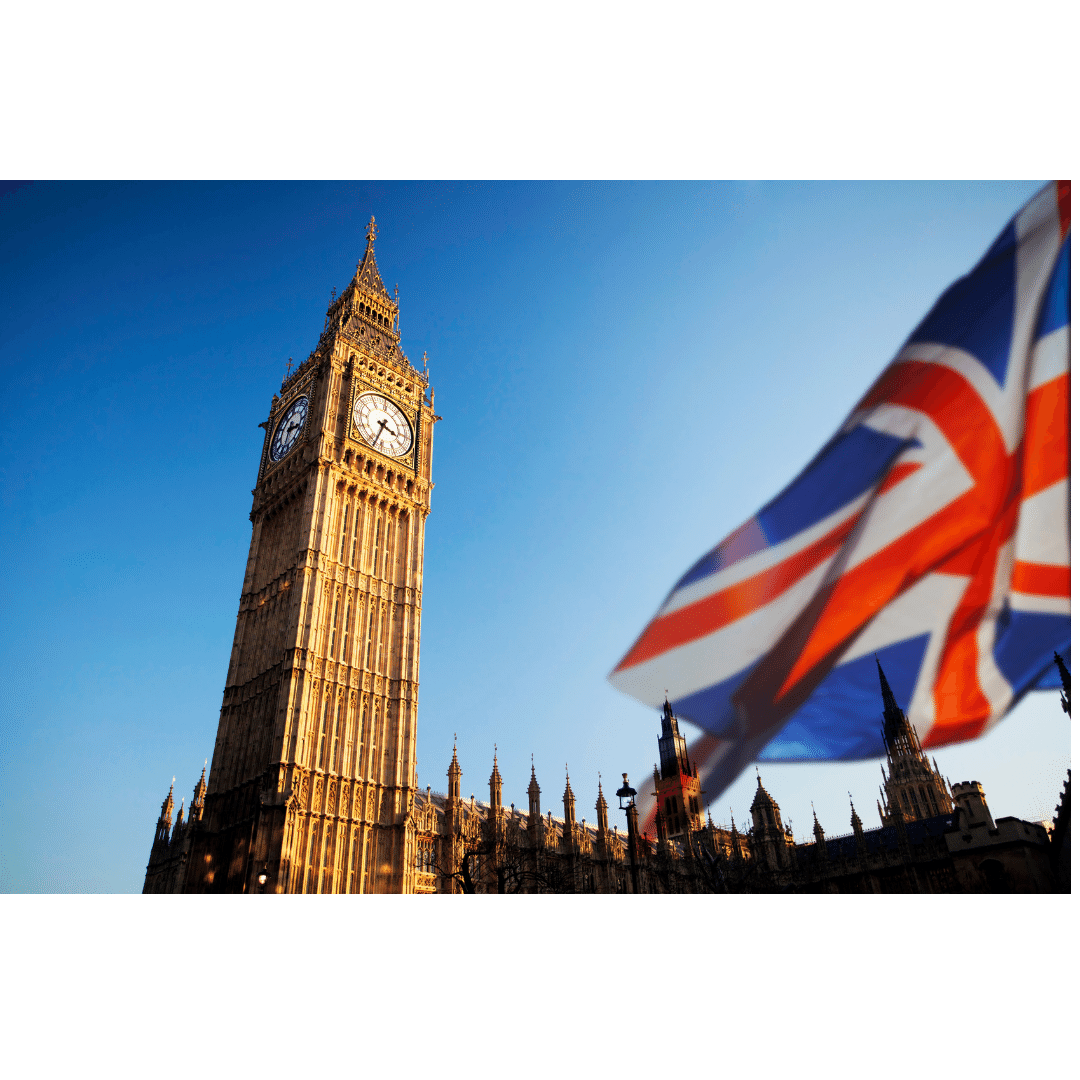In this week's travel update, we discuss the State Department's recent warning against traveling to the UK. We will also discuss three islands that are open to travel to right now.
State Department: Avoid Travel to the UK
On Monday, the U.S. State Department updated its travel advisory for the U.K. The travel advisory begins with, "Do not travel to the United Kingdom due to COVID-19. Exercise increased caution due to terrorism." The CDC also increased the UK's risk level to level 4 (very high risk) and includes UK travelers on the "prohibited from entry to the United States" list. With all that said, now may not be a great time to check out Big Ben.
The first reason why travel to the UK is inadvisable is the rise in COVID-19 cases. Back in May, like in many countries, the number of new COVID infections in the UK was at its lowest since the summer of 2020. As a result of the delta variant circulating in the population, infections have been skyrocketing. As of July 21, 2021, the 7-day daily average was 42,946, numbers the UK hasn't seen since January 2021, right after their peak.
The second reason why traveling to the UK is inadvisable is the ongoing concern of terrorist attacks. The State Department's advisory says, "Terrorist groups continue plotting possible attacks in the United Kingdom," and that there is possible violence from "dissident groups in Northern Ireland" that primarily targets military and police.
Three Islands Open for Travel
Sometimes it is more difficult to remember the countries that you can travel to. Below we will highlight three countries that are currently level one (low risk) or level two (moderate risk) countries for you to consider if you're aching to travel.
1) Barbados
Barbados is about 26% fully vaccinated and 34% partially vaccinated as of July 21, 2021. Currently, their daily average is roughly 4 cases per 100,000. They are seeing some of an increase in but they are still a low-risk area.
Before traveling to Barbados, all travelers must have a negative COVID test within three days before arrival. Those who are unvaccinated will need to quarantine for five days and test negative before release. Those who are vaccinated will need to test negative upon arrival and will then be released. Once out of quarantine, head over to the Barbados Boardwalk, Andromeda Botanic Gardens, or hit the sandy shores.
2) Jamaica
Jamaica only recently received doses of the vaccine so they are about 9% vaccinated. Currently, their daily average is three cases per 100,000. They are seeing an increase, but it remains a level two (moderate risk) country.
Before traveling to Jamaica, all travelers will need to submit a travel authorization within seven days of the travel date. All travelers 12 and up will also need to provide proof of a negative COVID-19 test from a certified lab. Jamaica does not accept travelers from several countries, listed on their travel page, but U.S. citizens are accepted. Upon arrival, travelers may need to take an additional COVID test, if presenting with symptoms. All travelers who are cleared may then continue their vacation under a "stay in resilient corridor," which essentially means there are limitations on where you can visit.
3) Cayman Islands
The Cayman Islands are approximately 66% fully vaccinated and 70% partially vaccinated. Currently, they have about 2 cases of COVID-19 per 100,000. For comparison, the U.S. has approximately 14 cases per 100,000.
Before traveling to the Cayman Islands, you must have a negative COVID test. Upon arrival, unvaccinated travelers will need to quarantine for 14 days and test negative prior to their release. Vaccinated travelers will be required to quarantine for 5 days and test negative on the 6th day before release. After your quarantine, you will be able to enjoy the beautiful beaches of the Caymans.
📌Pro-tips: Check every country's vaccination and testing requirements before your trip. Download the Skip app and let us assist you with your TSA PreCheck enrollment.
Related Articles:


